(b. 1490, Pieve di Cadore, d. 1576, Venezia) |
by-Dr.Lal RatnakarBiography The greatest painter of the Venetian School. The evidence for his birthdate is contradictory, but he was certainly very old when he died. He was probably a pupil of Giovanni Bellini, and in his early work he came under the spell of Giorgione, with whom he had a close relationship. In 1508 he assisted him with the external fresco decoration of the Fondaco dei Tedeschi, Venice, and after Giorgione's early death in 1510 it fell to Titian to complete a number of his unfinished paintings. The authorship of certain works (some of them famous) is still disputed between them. Titian's first major independent commission was for three frescoes on the life of St Antony of Padua in the Scuola del Santo, Padua (1511), noble and dignified paintings suggesting an almost central Italian firmness and monumentality. When he returned to Venice, Giorgione having died and Sebastiano having gone to Rome, the aged Bellini alone stood between him and supremacy, and that only until 1516 when Bellini died and Titian became official painter to the Republic. He maintained his position as the leading painter in the city until his death sixty years later. In the second decade of the century Titian broke free from the stylistic domination of Giorgione and developed a manner of his own. Something of a fusion between Titian's worldliness and Giorgione's poetry is seen in the enigmatic allegory known as Sacred and Profane Love (Borghese Gallery, Rome, c. 1515), but his style soon became much more dynamic. This work inaugurated a brilliant period in Titian's creative career during which he produced splendid religious, mythological, and portrait paintings, original in conception and vivid with colour and movement. The work that more than any other established his reputation is the huge altarpiece of The Assumption of the Virgin (Santa Maria dei Frari, Venice, 1516-18). It is the largest picture he ever painted and one of the greatest, matching the achievements of his most illustrious contemporaries in Rome in grandeur of form and surpassing them in splendour of colour. The soaring movement of the Virgin, rising from the tempestuous group of Apostles towards the hovering figure of God the Father looks forward to the Baroque. Similar qualities are seen in his two most famous altarpieces of the 1520s: the Pesaro altarpiece (Santa Maria dei Frari, Venice, 1519-26), a bold diagonal composition of great magnificence, and The Death of St Peter Martyr (completed 1530), which he painted for the church of SS. Giovanni e Paolo, Venice, having defeated Palma Vecchio andPordenone in competition for the commission. The painting was destroyed by fire in 1867, but it is known through copies and engraving; trees and figures together form a violent centrifugal composition suited to the action, and Vasari described it as 'the most celebrated, the greatest work... that Titian has ever done'. Titian had important secular as well as ecclesiastical patrons in this energetic period of his career, one of his most important commissions being three mythological pictures (1518-23) for Alfonso d'Este - the Worship of Venus, the Bacchanal(both in the Prado, Madrid), and the Bacchus and Ariadne (National Gallery, London). Outstanding among his portraits of the time is the exquisite Man with a Glove (Louvre, Paris, c. 1520). About 1530, the year in which his wife died, a change in Titian's manner becomes apparent. The vivacity of former years gave way to a more restrained and meditative art. He now began to use related rather than contrasting colours in juxtaposition, yellows and pale shades rather than the strong blues and reds of his previous work. In composition too he became less adventurous and used schemes which, compared with some of his earlier works, appear almost archaic. Thus his large Presentation of the Virgin (Accademia, Venice, 1534-38) makes use of the relief-like frieze composition dear to the quattrocento. During the 1530s Titian's fame spread throughout Europe. In 1530 he first met the emperor Charles V (in Bologna, where he was crowned in that year) and in 1533 he painted a famous portrait of him (Prado) based on a portrait by the Austrian Seisenegger. Charles was so pleased with it that he appointed Titian court painter and elevated him to the rank of Count Palatine and Knight of the Golden Spur - an unprecedented honour for a painter. At the same time his works were increasingly sought after by Italian princes, as with the celebrated Venus of Urbino (Uffizi, Florence, c. 1538), named after its owner, Guidobaldo, Duke of Camerino, who later became Duke of Urbino. The pose is based on Giorgione's Sleeping Venus (Gemäldegalerie, Dresden), but Titian substitutes a direct sensual appeal for Giorgione's idyllic remoteness. Early in the 1540s Titian came under the influence of central and north Italian Mannerism, and in 1545-46 he made his first and only journey to Rome. There he was deeply impressed not only by modern works such as Michelangelo's Last Judgment, but also by the remains of antiquity. His own paintings during this visit aroused much interest, his Danae (Museo di Capodimonte, Naples) being praised for its handling and colour and (according to Vasari) criticized for its inexact drawing by Michelangelo. Titian also painted in Rome the famous portrait of Pope Paul III and his Nephews (Museo di Capodimonte). The decade closed with further imperial commissions. In 1548 the emperor summoned Titian to Augsburg, where he painted both a formal equestrian portrait (Charles V at the Battle of Muhlberg, Prado) and a more intimate one showing him seated in an armchair (Alte Pinakothek, Munich). He travelled to Augsburg again in 1550 and this time painted portraits of Charles's son, the future Philip II of Spain, who was to be the greatest patron of his later career. Titian's work for Philip included a series of seven erotic mythological subjects (c. 1550 - c. 1562): Danae and Venus and Adonis (Prado), Perseus and Andromeda (Wallace Collection, London), The Rape of Europa (Gardner Museum, Boston), Diana and Actaeon and Diana and Callisto (National Gallery of Scotland), and The Death of Actaeon (National Gallery, London). Titian referred to these pictures as 'poesie', and they are indeed highly poetic visions of distant worlds, quite different from the sensual realities of his earlier mythological paintings. Titian ran a busy studio, his assistants including his brother Francesco Vecellio (c. 1490-1559/60), his son Orazio, and his cousin Cesare. Of these only Francesco seems to have had any individual substance as a painter, but his oeuvre is not well defined. During the last twenty years of his life Titian's personal works, as opposed to those produced under his supervision and with his intervention, showed an increasing looseness in the handling and a sensitive merging of subdued colours, so that outlines disappear and the forms become more immaterial. With this went a growing emphasis on intimate pathos rather than external drama. About 1550-55 he had painted a powerful Martyrdom of St Lawrence(Gesuiti, Venice), which had affinities with Mannerism in the types and movements of the figures. In 1564-67 he repeated the picture (Escorial, Madrid), but now the light, which played a dramatic part in the first version, became the chief feature, creating and dissolving forms. His interest in new pictorial conceptions waned but his powers remained undimmed until the end, his career closing with the awe-inspiring Pietà (Accademia, Venice, 1573-76), intended for his own tomb and finished after his death by Palma Giovane. Titian was recognized as a towering genius in his own time (Lomazzo described him as the 'sun amidst small stars not only among the Italians but all the painters of the world') and his reputation as one of the giants of art has never been seriously questioned. He was supreme in every branch of painting and his achievements were so varied - ranging from the joyous evocation of pagan antiquity in his early mythologies to the depths of tragedy in his late religious paintings — that he has been an inspiration to artists of very different character. Poussin, Rubens, and Velázquez are among the painters who have particularly revered him. In many subjects, above all in portraiture, he set patterns that were followed by generations of artists. His free and expressive brushwork revolutionized the oil technique: Vasari wrote that his late works 'are executed with bold, sweeping strokes, and in patches of colour, with the result that they cannot be viewed from near by, but appear perfect at a distance... The method he used is judicious, beautiful, and astonishing, for it makes pictures appear alive and painted with great art, but it conceals the labour that has gone into them.' His greatness as an artist, it appears, was not matched by his character, for he was notoriously avaricious. In spite of his wealth and status, he claimed he was impoverished, and his exaggerations about his age (by which he hoped to pull at the heartstrings of patrons) are one of the sources of confusion about his birthdate. Jacopo Bassano caricatured him as a moneylender in his Purification of the Temple (National Gallery, London). Titian, however, was lavish in his hospitality towards his friends, who included the poet Pietro Aretino and the sculptor and architect Jacopo Sansovino. These three were so close that they were known in Venice as the triumvirate, and they used their influence with their respective patrons to further each other's careers. Paintings of religious subject-matter (1510s)
Christ Carrying the Cross,1506-07, Oil on canvas, 70 x 100 cm | Scuola Grande di San Rocco, Venice
Rustic Idyll,1507-08, Oil on panel, 46 x 44 cm | Fogg Art Museum, Cambridge
Christ and the Adulteress,1508-10, Oil on canvas, 139 x 182 cm | Kelvingrove Art Gallery and Museum, Glasgow
The Holy Family with a Shepherd,c. 1510,Oil on canvas, 106 x 143 cm | National Gallery, London
Pope Alexander VI Presenting Jacopo Pesaro to St Peter,1506-11, Oil on canvas, 146 x 184 cm | Koninklijk Museum voor Schone Kunsten, Antwerp
Head of a Man, c. 1509, Oil on canvas, 47 x 41 cm | Kelvingrove Art Gallery and Museum, Glasgow
Judith, c. 1509, Detached fresco, 212 x 346 cm | Galleria Franchetti, Ca' d'Oro, Venice
Mary with the Child and Saints, c. 1510, Oil on canvas, 108 x 132 cm | Musée du Louvre, Paris
The Gipsy Madonna, c. 1511, Oil on panel, 66 x 84 cm | Kunsthistorisches Museum, Vienna
Madonna and Child with Sts Anthony of Padua and Roch, c. 1511, Oil on canvas, 92 x 133 cm | Museo del Prado, Madrid
Noli me tangere, 1511-12, Oil on canvas, 109 x 91 cm | National Gallery, London
Holy Family and Donor, 1513-14, Oil on canvas, Alte Pinakothek, Munich
Madonna and Child with Sts Catherine and Dominic and a Donor,1512-16, Oil on canvas, 138 x 185 cm | Fondazione Magnani Rocca, Mamiano
View of the Sala Capitolare, 1511, Frescoes, Scuola del Santo, Padua
The Miracle of the Newborn Child,1511, Fresco, 340 x 355 cm | Scuola del Santo, Padua
The Healing of the Wrathful Son, 1511, Fresco, 340 x 207 cm | Scuola del Santo, Padua
The Miracle of the Jealous Husband, 1511, Fresco, 340 x 185 cm | Scuola del Santo, Padua
Madonna of the Cherries
The Tribute Money
Madonna and Child with Sts Dorothy and George
The Annunciation Paintings of religious subject-matter (1520s)
Polyptych of the Resurrection
Polyptych of the Resurrection: Resurrection
Polyptych of the Resurrection: Sts Nazaro and Celso 1520-22
Polyptych of the Resurrection: St Sebastian
Polyptych of the Resurrection: Archangel Gabriel
Polyptych of the Resurrection: Virgin Annunciate
Madonna in Glory with the Christ Child and Sts Francis and Alvise with the Donor
Entombment of Christ
St Christopher Paintings of religious subject-matter (1530s)
Madonna and Child with Saints
Supper at Emmaus
St Mary Magdalene
Christ the Redeemer 1533-34
Presentation of the Virgin at the Temple
Presentation of the Virgin at the Temple (detail)
Presentation of the Virgin at the Temple (detail)
Annunciation Paintings of religious subject-matter (1540s)
Crowning with Thorns
St John the Baptist in the Desert
The Resurrection
The Vendramin Family Venerating a Relic of the True Cross
The Vendramin Family Venerating a Relic of the True Cross (detail)
The Vendramin Family Venerating a Relic of the True Cross (detail)
Virgin and Child
Ecce Homo
Ecce Homo
St John the Almsgiver Paintings of religious subject-matter (1550s)
Adam and Eve
The Trinity in Glory
Mater Dolorosa |
गुरुवार, 7 अक्टूबर 2010
Titian's-TIZIANO Vecellio
सदस्यता लें
टिप्पणियाँ भेजें (Atom)
ब्लॉग आर्काइव
-
▼
2010
(59)
-
▼
अक्टूबर
(13)
- मिटटी के रंग
- REMBRANDT Harmenszoon van Rijn
- SENIORITY LIST AS ON 01-07-2011-DRAWING & PAINTING
- El Greco
- RUBENS, Pieter Pauwel
- Uchchhisht-Umarao Singh Jatav
- DYCK, Sir Anthony van
- DÜRER, Albrecht
- BELLINI, Giovanni
- Titian's-TIZIANO Vecellio
- Raphael (RAFFAELLO Sanzio)
- LEONARDO da Vinci
- MICHELANGELO Buonarroti
-
▼
अक्टूबर
(13)
मेरे बारे में

- चित्रकला
- GHAZIABAD, Uttar Pradesh, India
- कला के उत्थान के लिए यह ब्लॉग समकालीन गतिविधियों के साथ,आज के दौर में जब समय की कमी को, इंटर नेट पर्याप्त तरीके से भाग्दौर से बचा देता है, यही सोच करके इस ब्लॉग पर काफी जानकारियाँ डाली जानी है जिससे कला विद्यार्थियों के साथ साथ कला प्रेमी और प्रशंसक इसका रसास्वादन कर सकें . - डॉ.लाल रत्नाकर Dr.Lal Ratnakar, Artist, Associate Professor /Head/ Department of Drg.& Ptg. MMH College Ghaziabad-201001 (CCS University Meerut) आज की भाग दौर की जिंदगी में कला कों जितने समय की आवश्यकता है संभवतः छात्र छात्राएं नहीं दे पा रहे हैं, शिक्षा प्रणाली और शिक्षा के साथ प्रयोग और विश्वविद्यालयों की निति भी इनके प्रयोगधर्मी बने रहने में बाधक होने में काफी महत्त्व निभा रहा है . अतः कला शिक्षा और उसके उन्नयन में इसका रोल कितना है इसका मूल्याङ्कन होने में गुरुजनों की सहभागिता भी कम महत्त्व नहीं रखती.













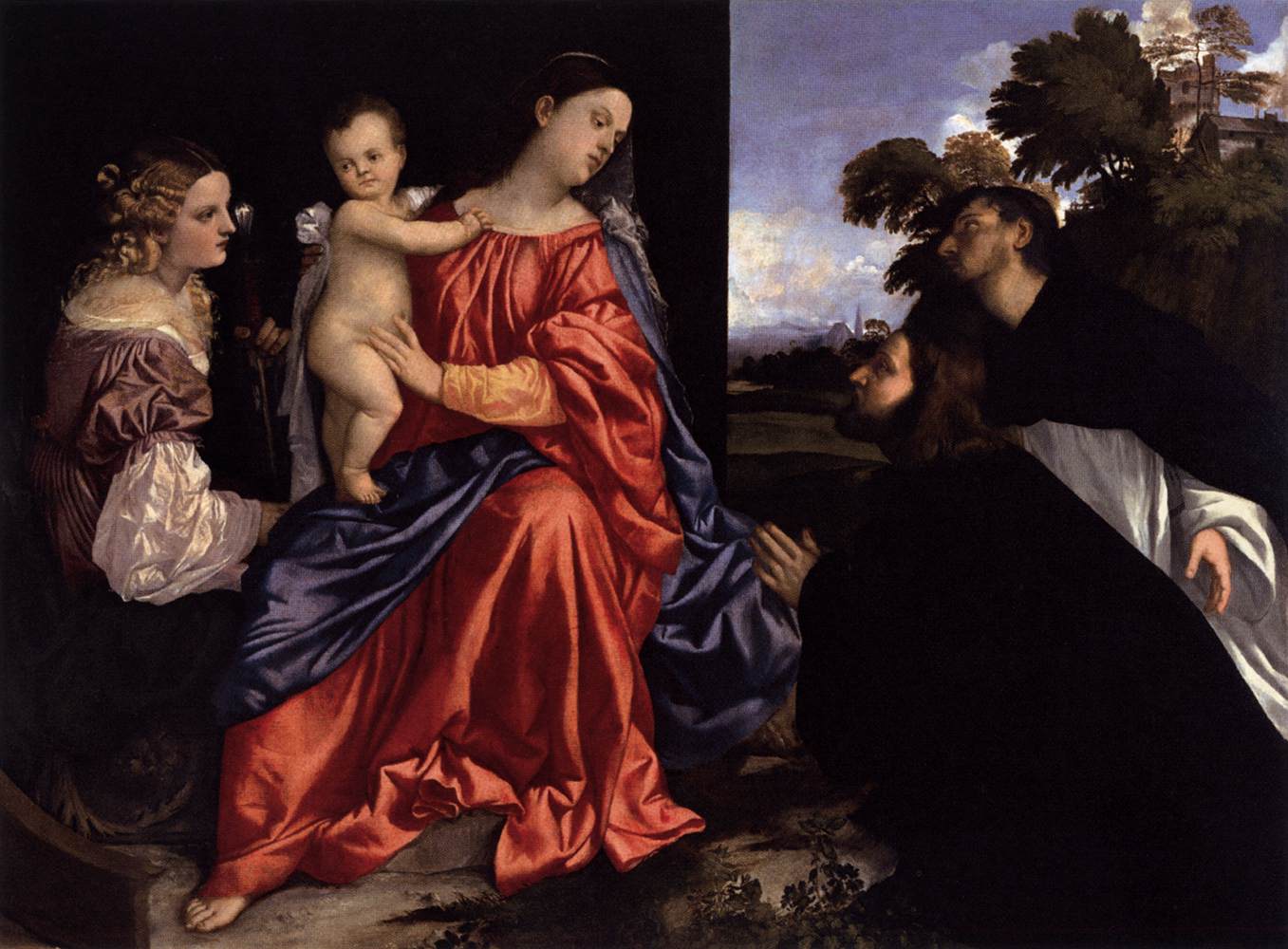














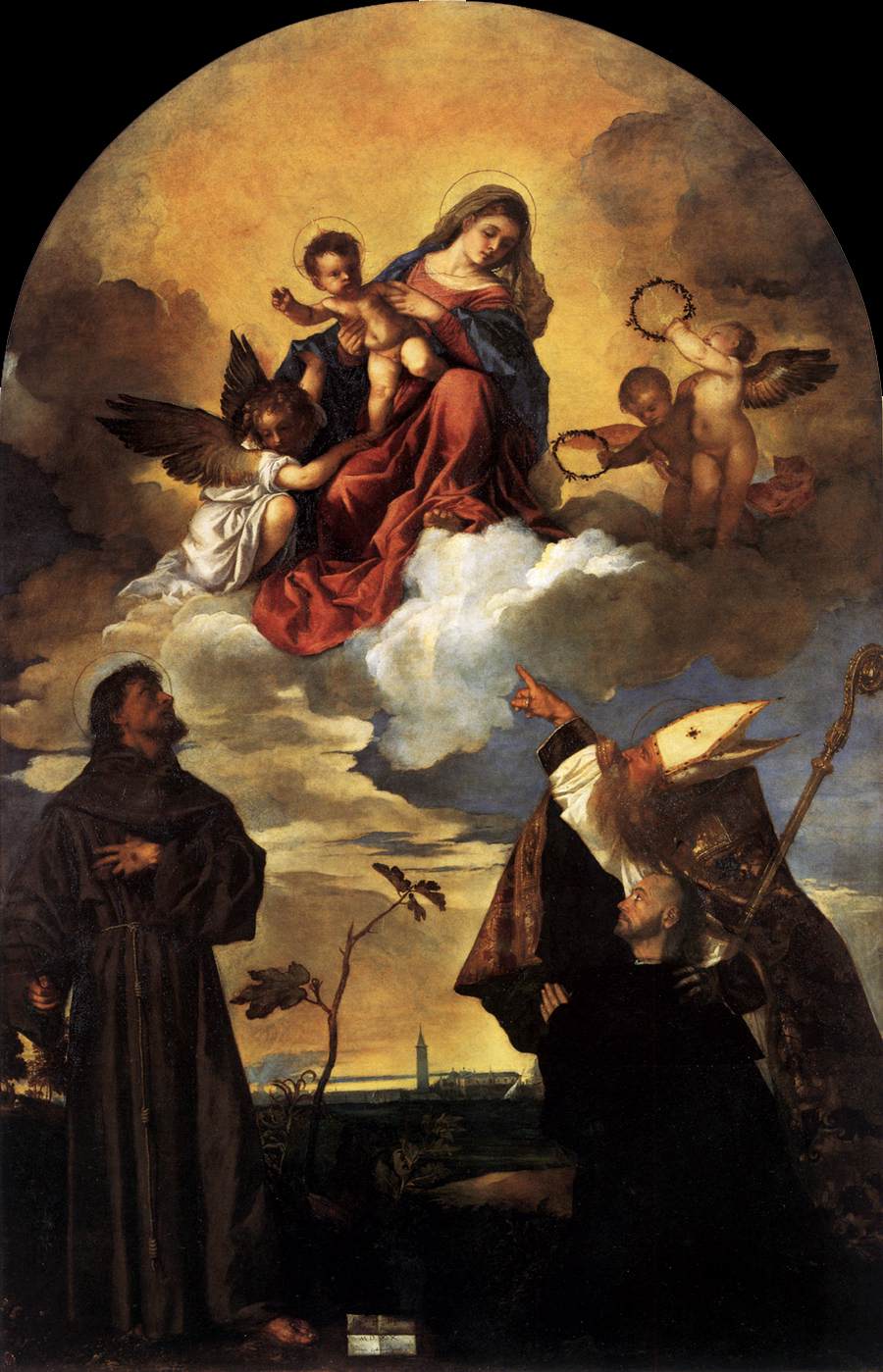




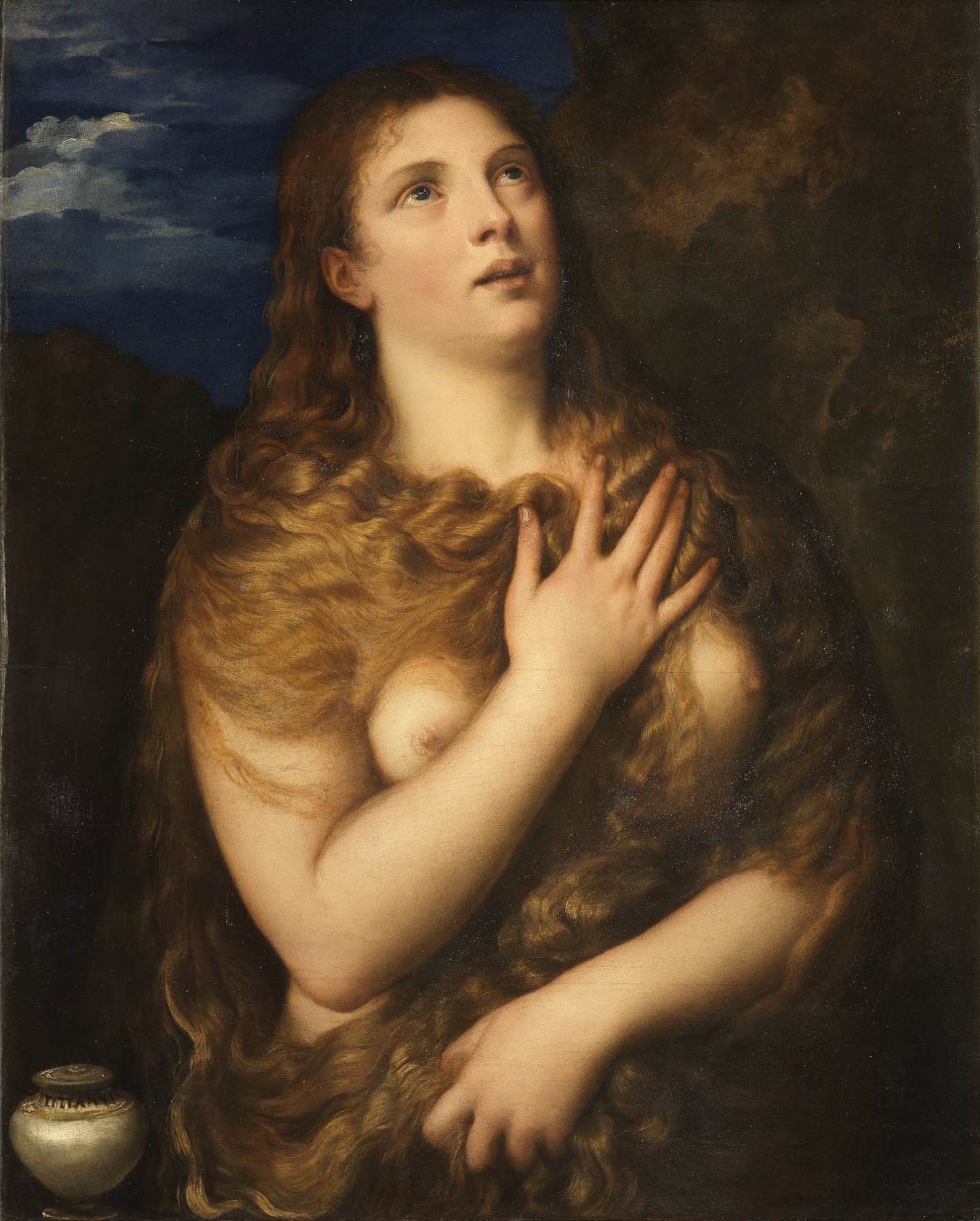









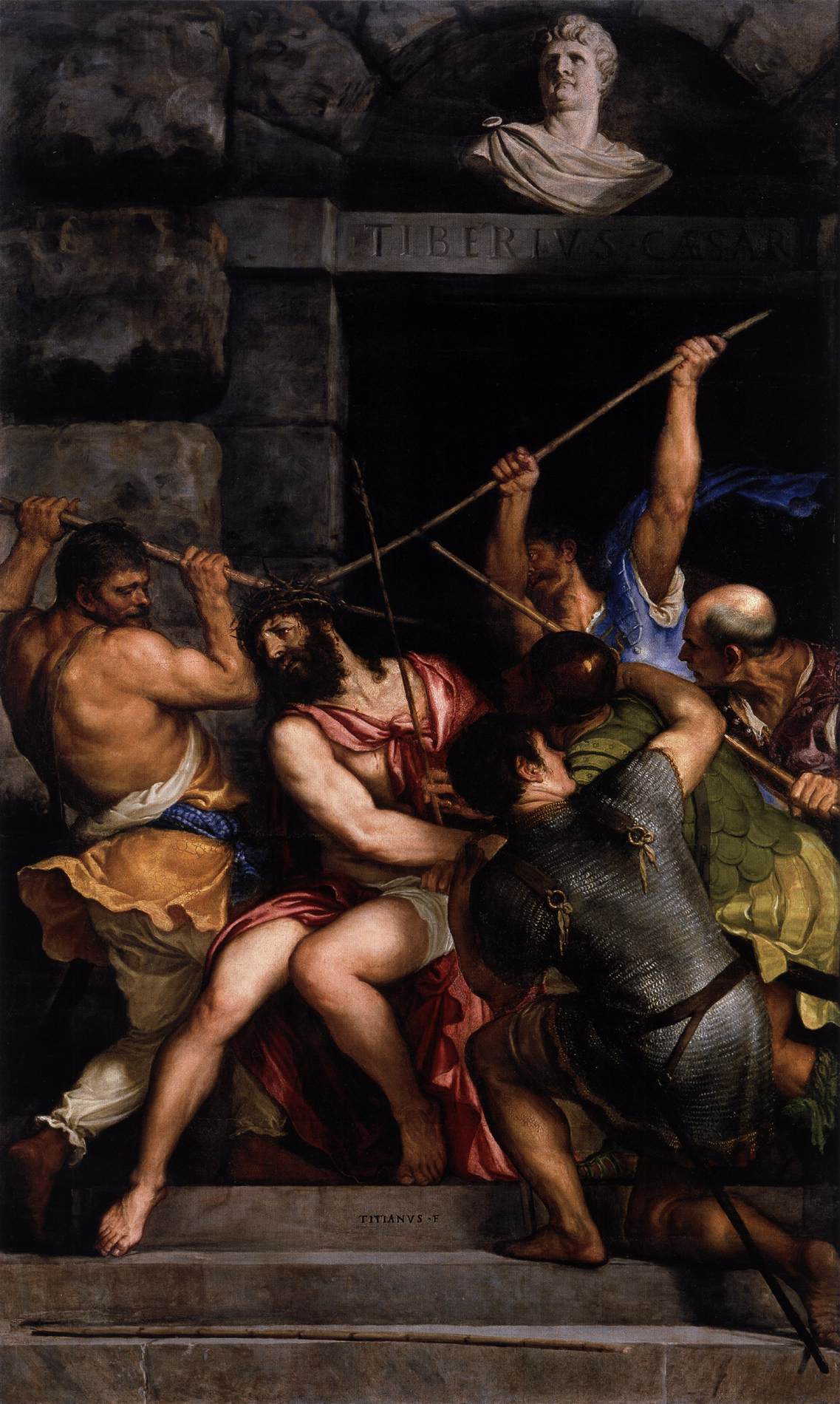


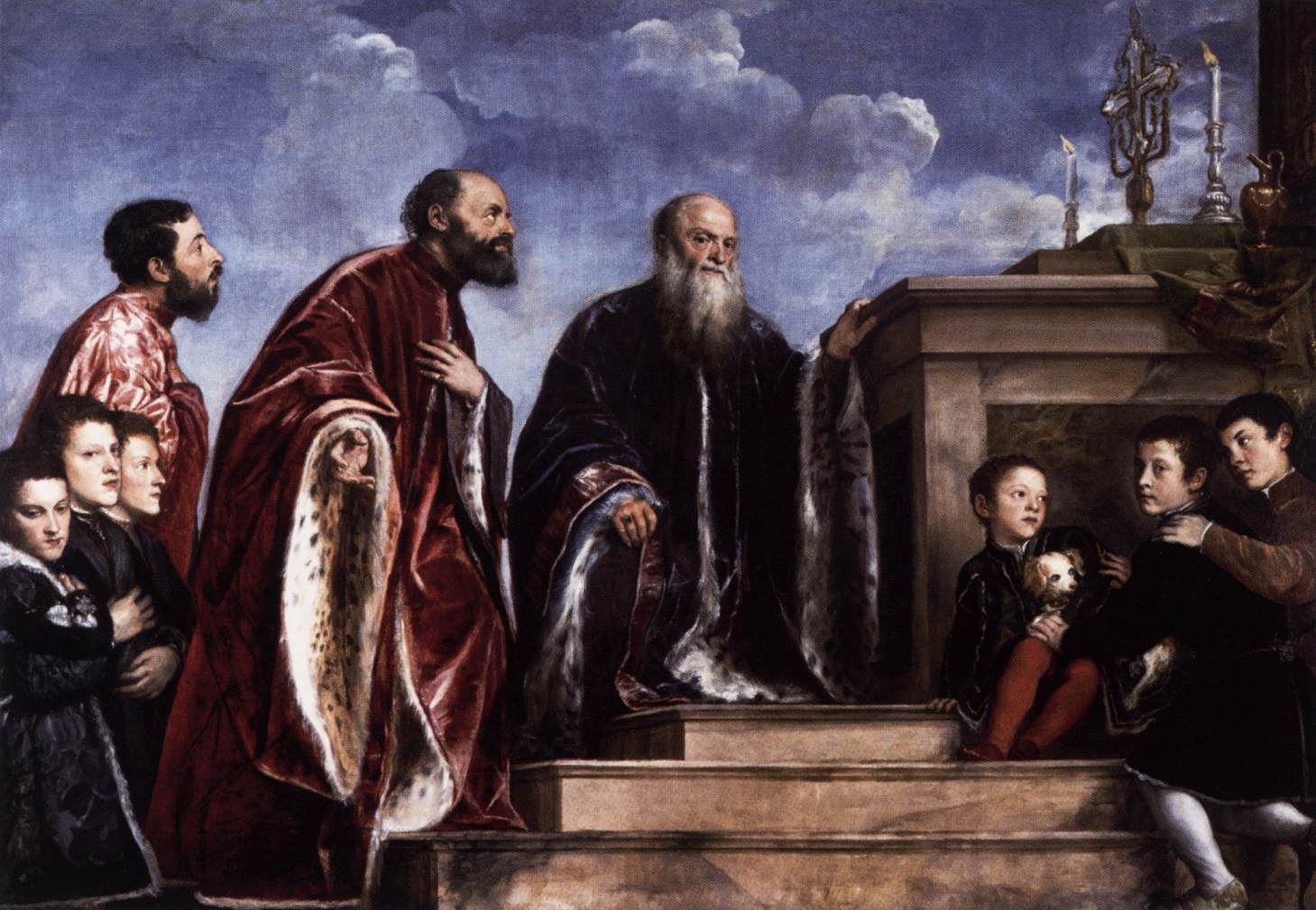






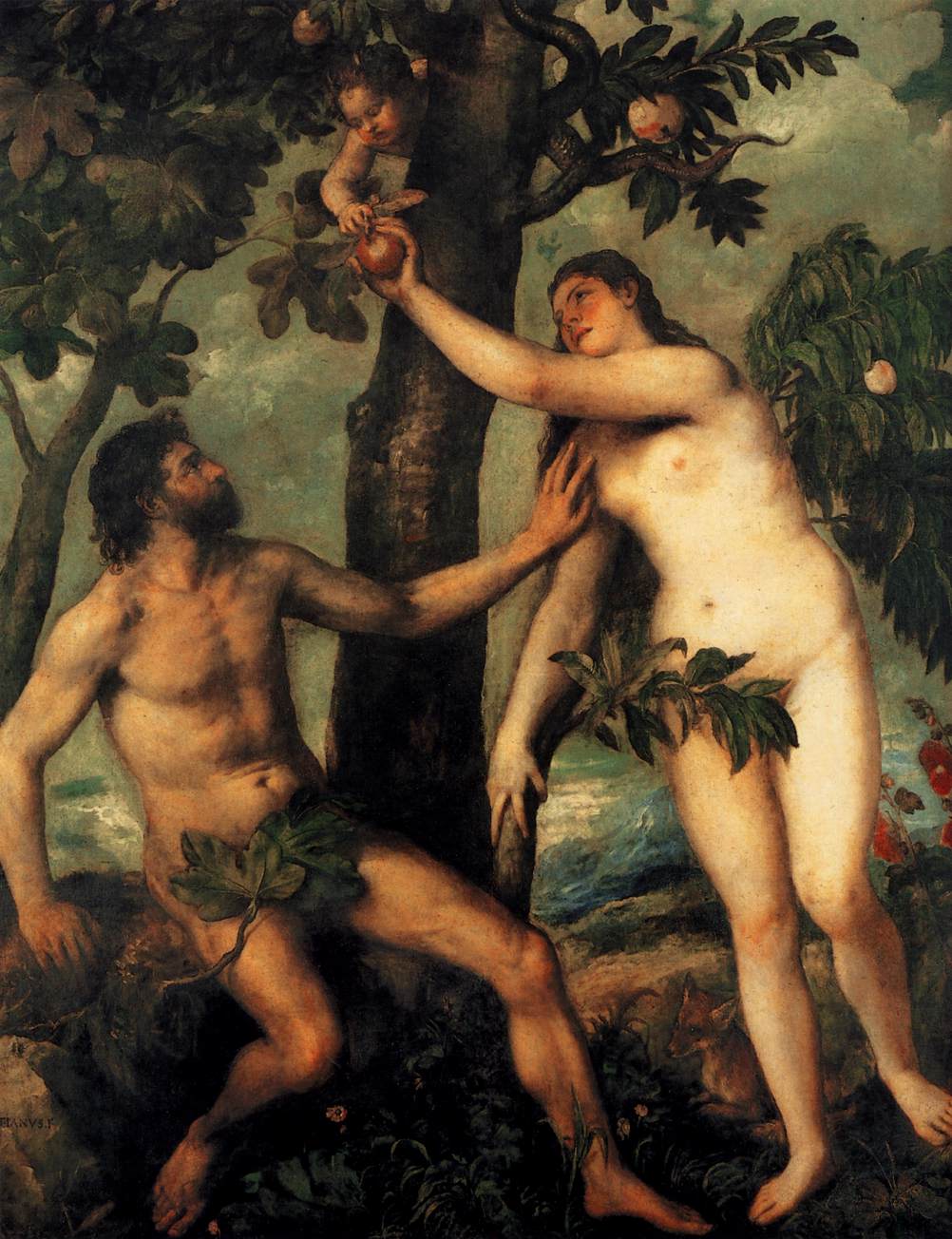

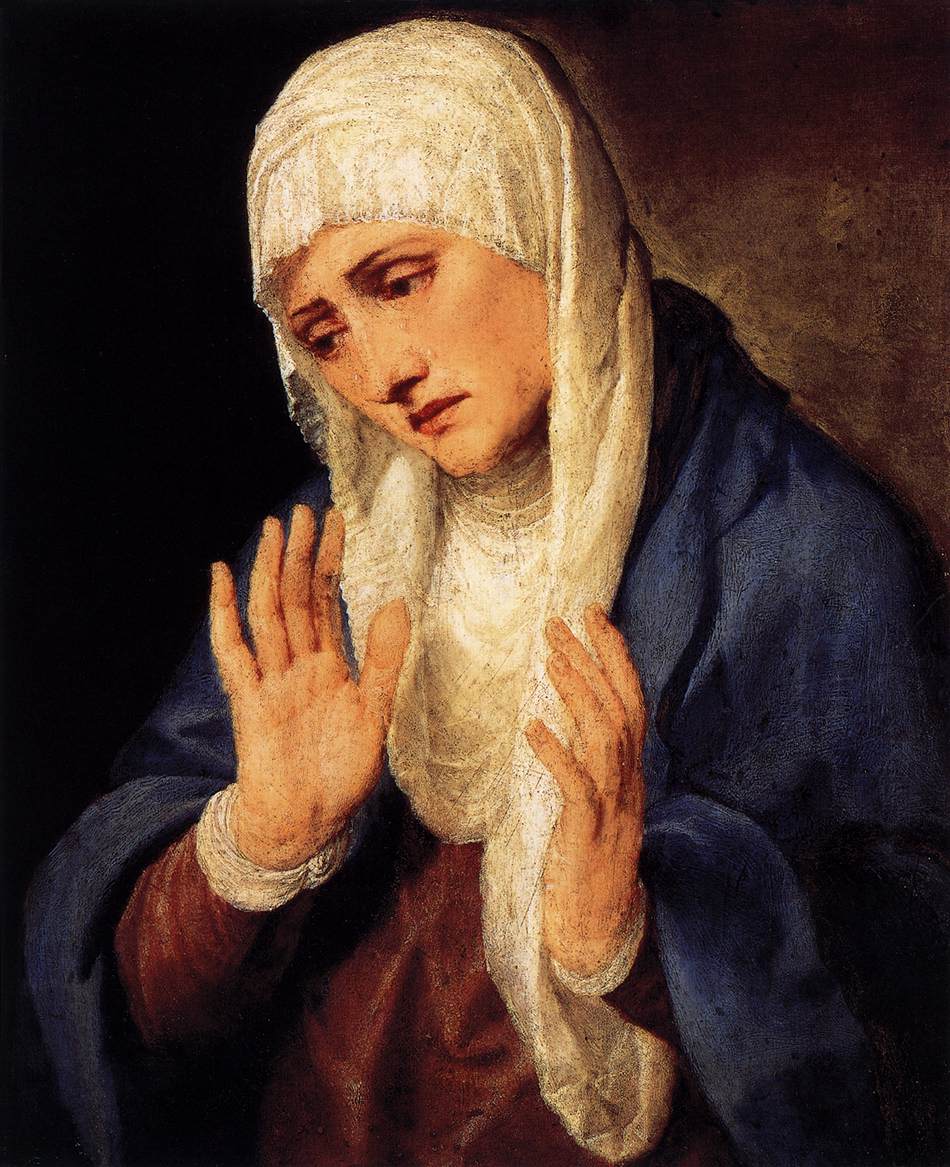
कोई टिप्पणी नहीं:
एक टिप्पणी भेजें